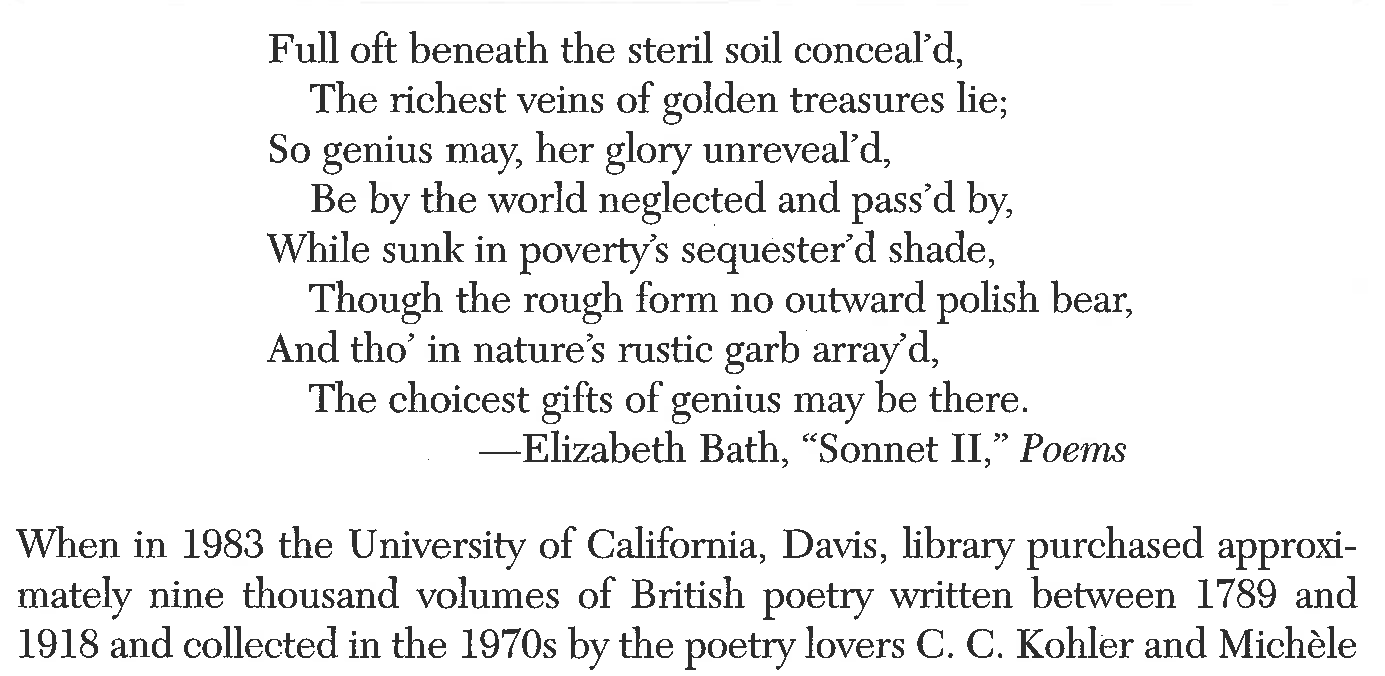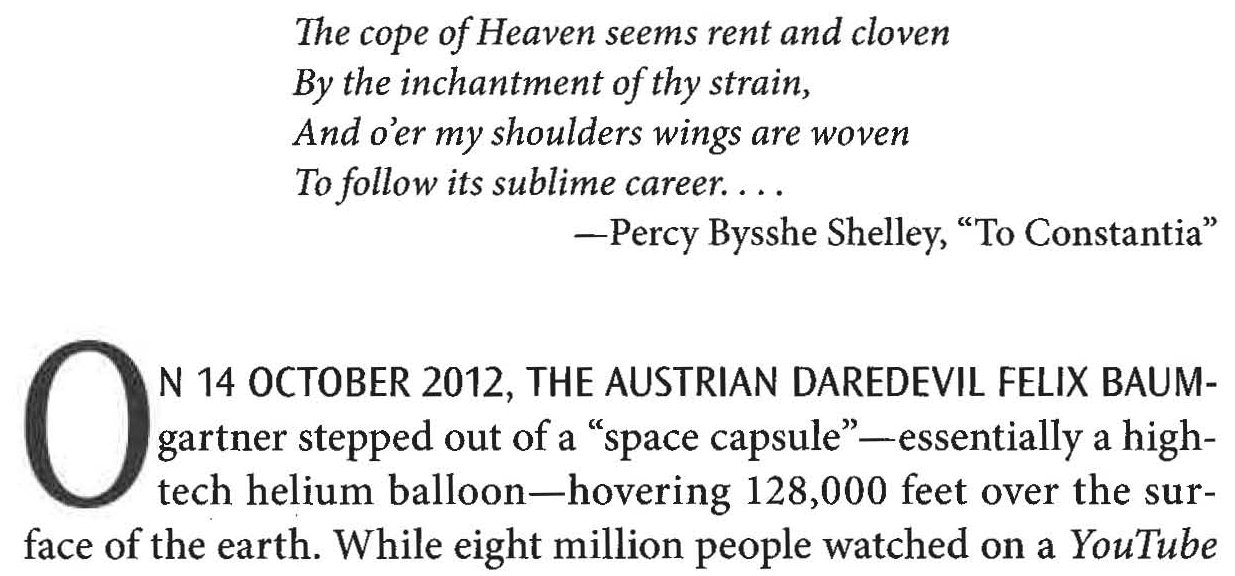How do I format and document epigraphs in MLA style?
Note: This post relates to content in the eighth edition of the MLA Handbook. For up-to-date guidance, see the ninth edition of the MLA Handbook.
Epigraphs establish tone, highlight allusions, provide commentary, and mark transitions between parts of a work. Primarily ornamental, they are not discussed subsequently in the text.
Design
Although publishers vary in how they style epigraphs, one commonality is that epigraphs are set apart from the main text by being placed at the start of a book, chapter, essay, or other section of a work. They usually do not appear in quotation marks. Sometimes, they are italicized or set in a font different from that used in the text. For example, in the MLA book series Approaches to Teaching, epigraphs appear thus:*
Whereas in the journal PMLA, epigraphs appear like this:
Source
The epigraph source, which is sometimes preceded by a dash, includes the author’s name and often the title of the work, as in the examples above. The source should not be included in the works-cited list unless you refer to it in your discussion. Although bibliographic information is not required for an epigraph, you may elect to provide it in a note. For more details, see our post on using notes in MLA style.
Copyright
Note that since epigraphs are ornamental in nature, they are usually not considered fair use. Publishers often require writers to seek permission to quote material for epigraphs, especially lyrics and modern poetry.
Extracts
Epigraphs are distinct from extracts, or block quotations, which are analyzed in the text. (Thus some teachers may consider epigraphs unsuitable for student research papers.) As for all extracts, bibliographic information is placed in parentheses, and the source is cited in the works-cited list. For more on block quotations, see the MLA Handbook, 1.3.2–3.
*Epigraphs are from Jane King and Kari Lokke; “‘The Choicest Gifts of Genius’: Working with and Teaching the Kohler Collection”; Approaches to Teaching British Women Poets of the Romantic Period, edited by Stephen C. Behrendt and Harriet Kramer Linkin, Modern Language Association of America, 1997, pp. 40–44; and Anne C. McCarthy, “Reading the Red Bull Sublime”; PMLA, vol. 132, no. 3, May 2017, pp. 543–557.

